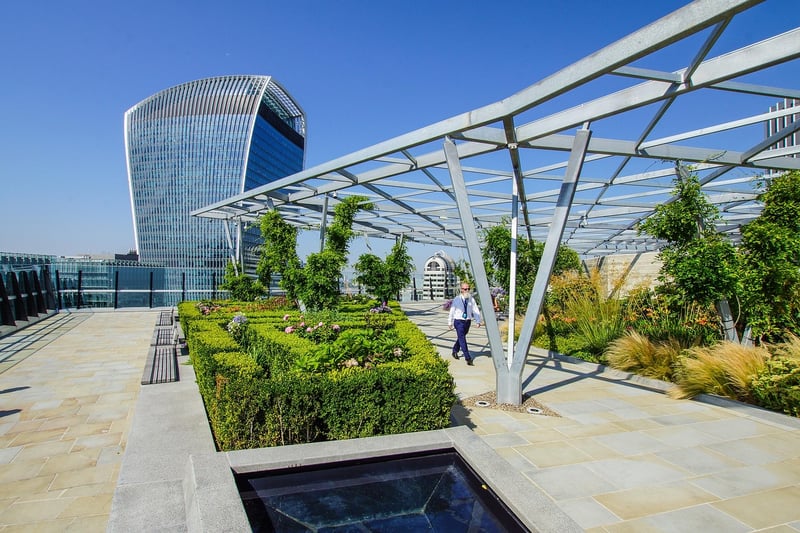Rooftop Gardens
#city beautification
#urban greenery
#public spaces
Transforming City Spaces with Rooftop Gardens

In urban environments where green spaces are limited, rooftop gardens offer a creative solution to transform city spaces into vibrant, sustainable areas. These elevated gardens not only enhance the aesthetic appeal of buildings but also provide numerous environmental and social benefits.
Benefits of Rooftop Gardens
- Environmental Benefits: Rooftop gardens help reduce urban heat island effect, improve air quality by absorbing carbon dioxide, and provide habitat for birds and insects.
- Social Benefits: These green spaces offer residents a place to relax, unwind, and connect with nature in the midst of a bustling cityscape.
- Economic Benefits: Rooftop gardens can increase property value, reduce energy costs by insulating buildings, and even grow produce for local consumption.
Design Considerations
When creating a rooftop garden, several factors need to be considered:
- Structural Integrity: Ensure that the building can support the weight of the garden, soil, plants, and potential water accumulation.
- Waterproofing: Proper waterproofing is essential to prevent leaks and water damage to the building.
- Plant Selection: Choose plants that are well-suited for the rooftop environment, considering factors like wind exposure, sunlight, and soil depth.
- Irrigation System: Implement an efficient irrigation system to ensure the plants receive adequate water without causing water runoff.
Examples of Successful Rooftop Gardens
Several cities around the world have embraced rooftop gardens as a means to enhance their urban landscapes:
Rooftop gardens are not just trendy additions to buildings; they represent a sustainable and innovative approach to urban design, promoting biodiversity, reducing carbon footprint, and enhancing the quality of life in cities.
